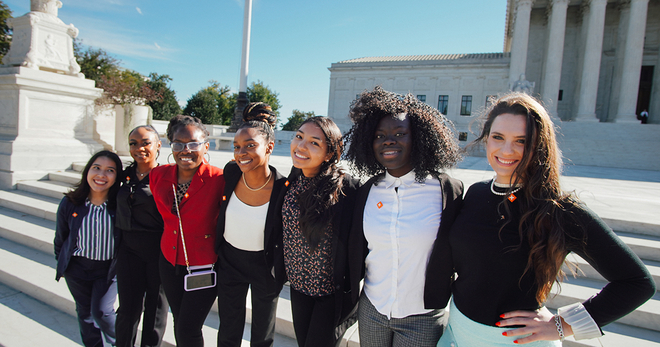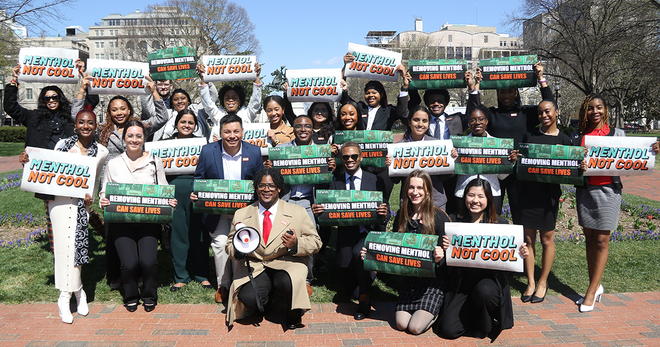Youth smoking rate falls to 6 percent
The youth smoking rate is now a record low 6 percent after dropping a full percentage point in just one year.
The new number, released today in the University of Michigan's Monitoring the Future study, marks the lowest rate for students in eighth, 10th and 12th grades since tracking began more than 40 years ago. Cigarette smoking has now dropped 79 percent from its peak in 1997 when more than a quarter of young people smoked, underscoring the success of public education campaigns like Truth Initiative®’s truth® campaign, and programs from the U.S. Centers for Disease Control and Prevention and the Food and Drug Administration.
“Winning the most significant public health battle of our time is within reach if we keep our foot on the gas and continue our efforts,” said Truth Initiative CEO and President Robin Koval. “Today’s report and record low tobacco use number fuels our momentum and puts the finish line in plain sight. Despite the relentless efforts and deep pockets of Big Tobacco, young people aren’t buying it—literally.”
Use of e-cigarettes, hookah and other tobacco products also dropped in 2016. Hookah use, which was at nearly 20 percent last year, dropped to 13 percent, its first significant decline since hookah joined the survey for 12th graders in 2010.
Although tobacco use declined across the board, there is one piece of data that causes concern. The smoking rate among 12th graders declined less than a percent and, at 10.5 percent, is still twice the rate of 10th graders, suggesting that young people are at greater risk of becoming smokers when they are near or at the legal age of purchase.
“More work needs to be done to limit the industry’s efforts to recruit this age group, such as raising the legal age of sale to 21, to ensure this is the generation to end smoking and tobacco use for good,” Koval said.
The University of Michigan's Monitoring the Future report is a national study that tracks substance use trends among students in 12th, 10th and eighth grades. The study annually surveys 40,000 to 50,000 students in about 400 public and private schools throughout the United States.
More in tobacco prevention efforts
Want support quitting? Join EX Program
By clicking JOIN, you agree to the Terms, Text Message Terms and Privacy Policy.
Msg&Data rates may apply; msgs are automated.



